Spring 2023
SMALL FRUIT NEWS – Vol. 23, No. 2
Published four times annually, Small Fruit News is sponsored by the Southern Region Small Fruit Consortium (SRSFC), smallfruits.org.
Download the PDF version of Small Fruit News, Spring 2023
-
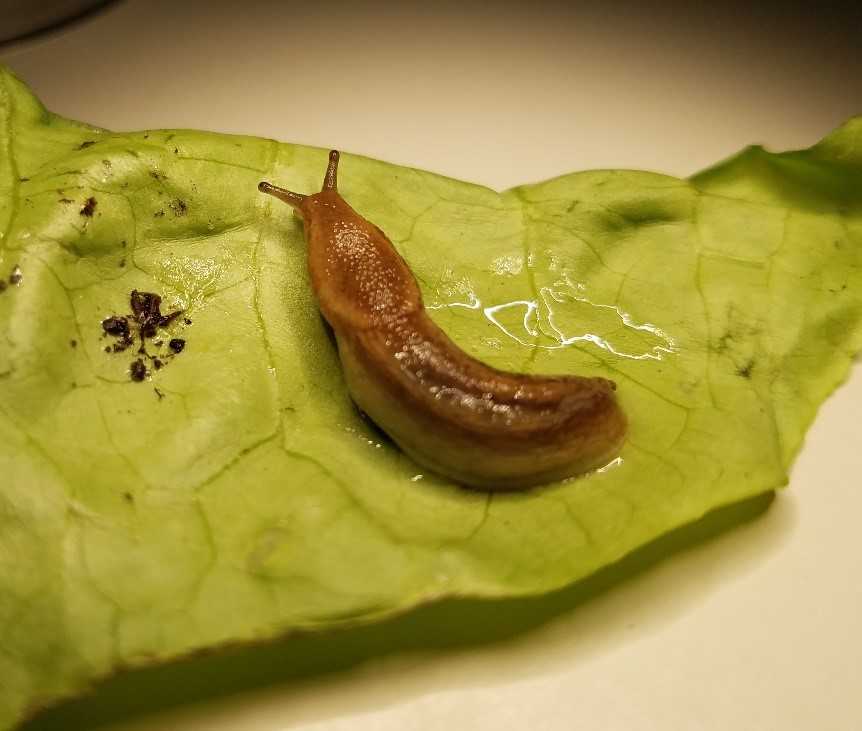
Most people who have grown strawberries or vegetables in the Southeast have had their experiences with slugs. These pests damage low-growing vegetable tissue and can be difficult to control.
Posted in: Spring 2023 -

Botrytis cinerea is a fungus that causes disease in many crops. Most notably, it causes gray mold of strawberry and Botrytis bunch rot of grape. On strawberries, infection can occur at bloom, while disease symptoms appear at fruit ripening or post-harvest.
Posted in: Spring 2023 -
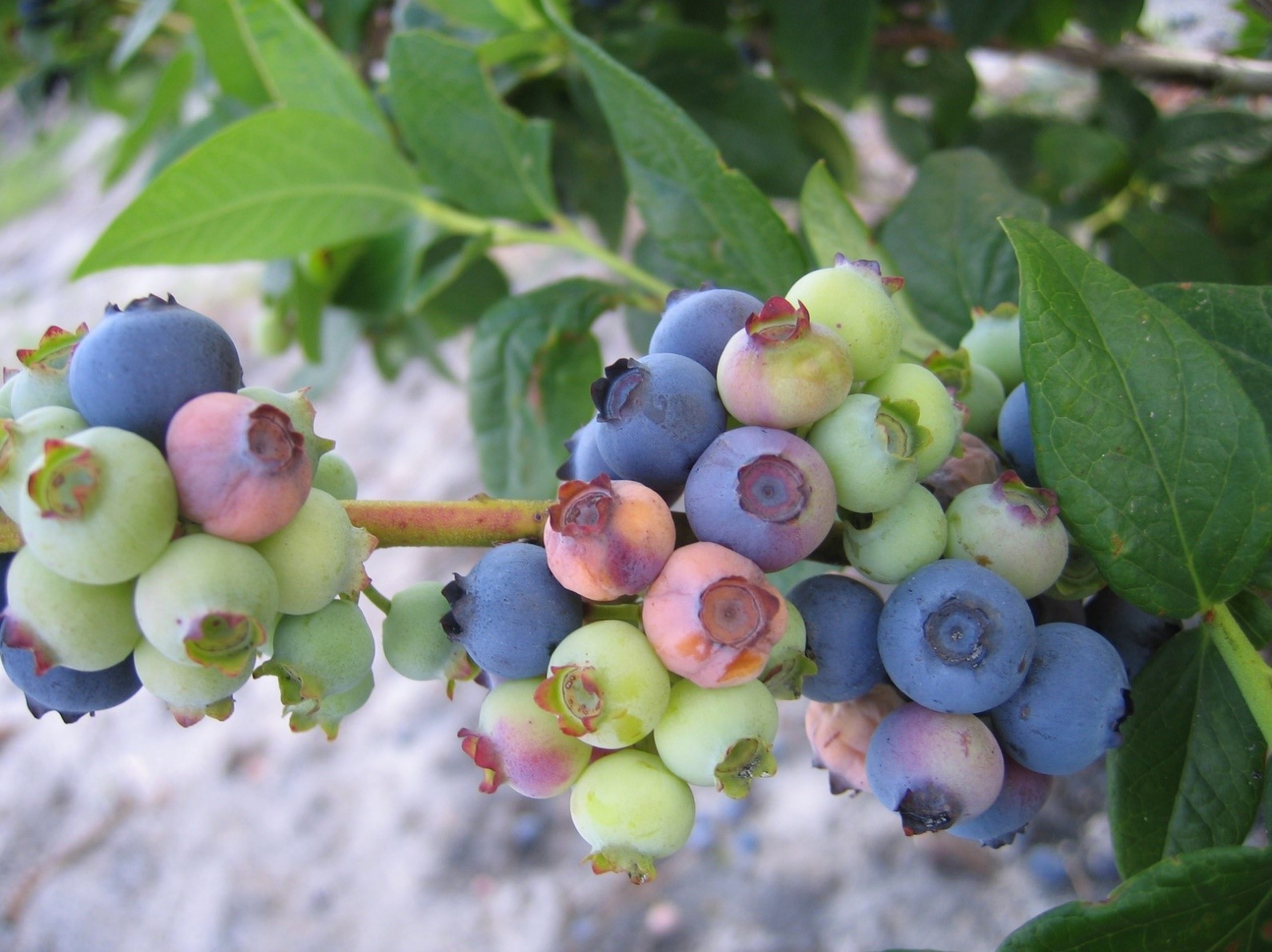
Organic fungicides are non-conventional products that are listed by the Organic Materials Review Institute and are generally accepted by organic reviewers as qualifying for use in organic production systems. The products evaluated in these blueberry trials include oils, plant or bacterial extracts, or biological control agents (microorganisms) as their active ingredient.
Posted in: Spring 2023 -
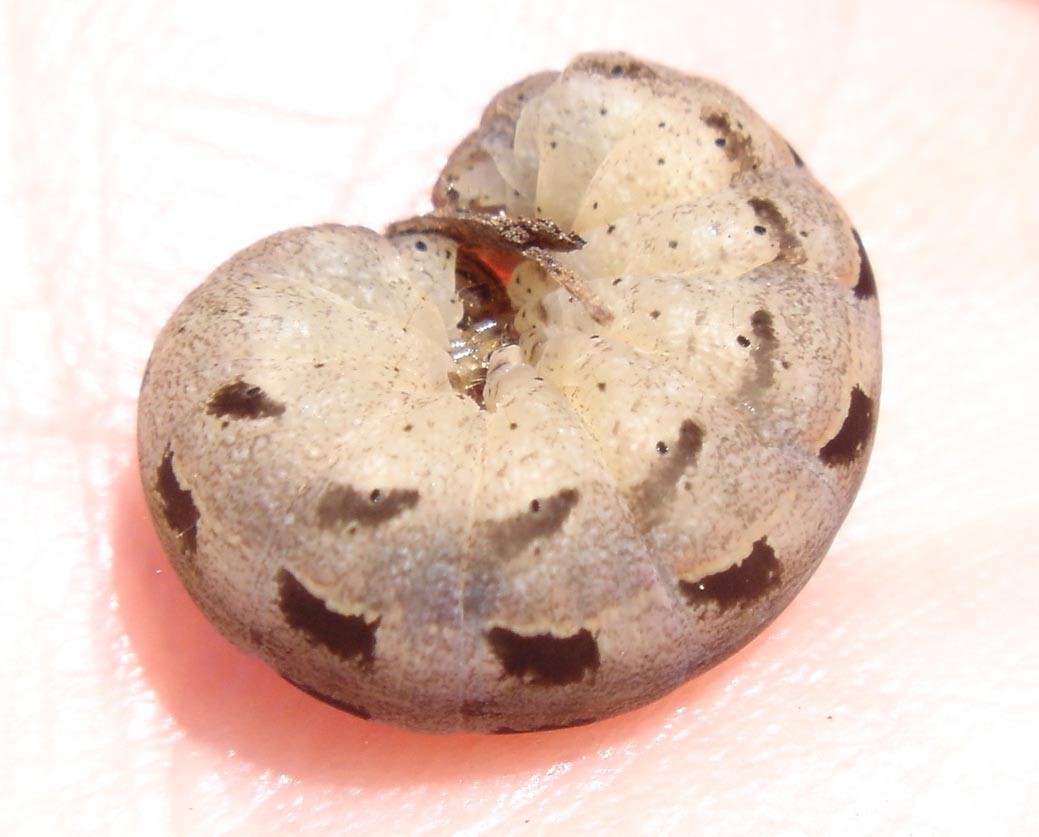
Many grape growers have had the experience of finding primary buds on their vines destroyed, leaving behind ragged remnants. Climbing cutworms are sporadic vineyard pests, mainly in sites with sandy soils, where they may completely strip the buds and young shoots in the early spring.
Posted in: Spring 2023 -

Orondis Gold, a fungicide containing the active ingredients oxathiapiprolin and mefenoxam, is now labeled for strawberries for managing Phytophthora crown rot (vascular collapse) and red stele root rot.
Posted in: Spring 2023 -
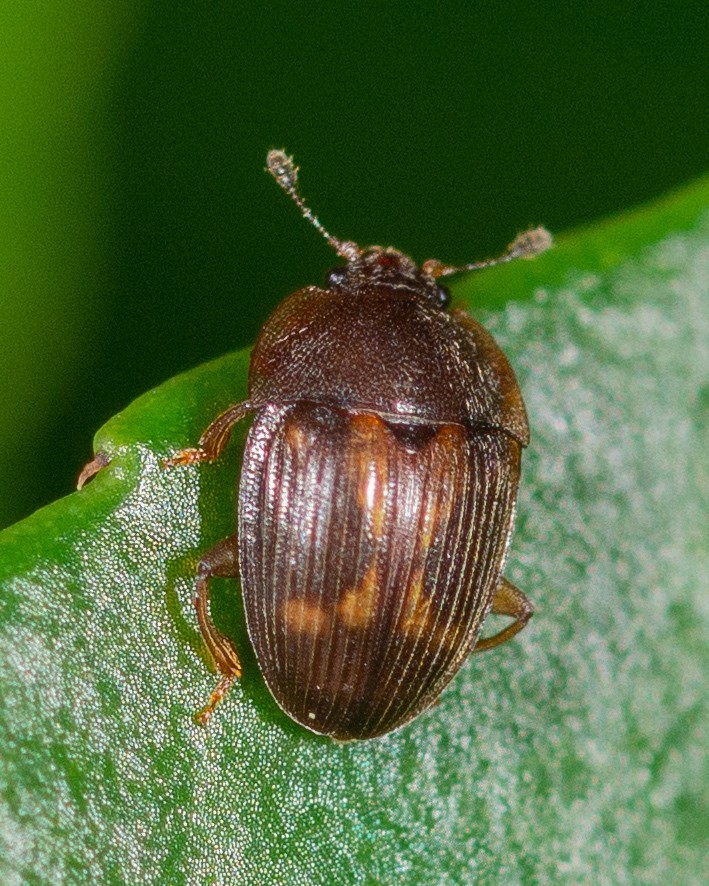
The adult strawberry sap beetle and its larvae may cause injury of ripe and overripe strawberries, particularly during the summer. Infestations are more severe later in the harvest season when day-time temperatures are on rise and particularly following rain events.
Posted in: Spring 2023 -
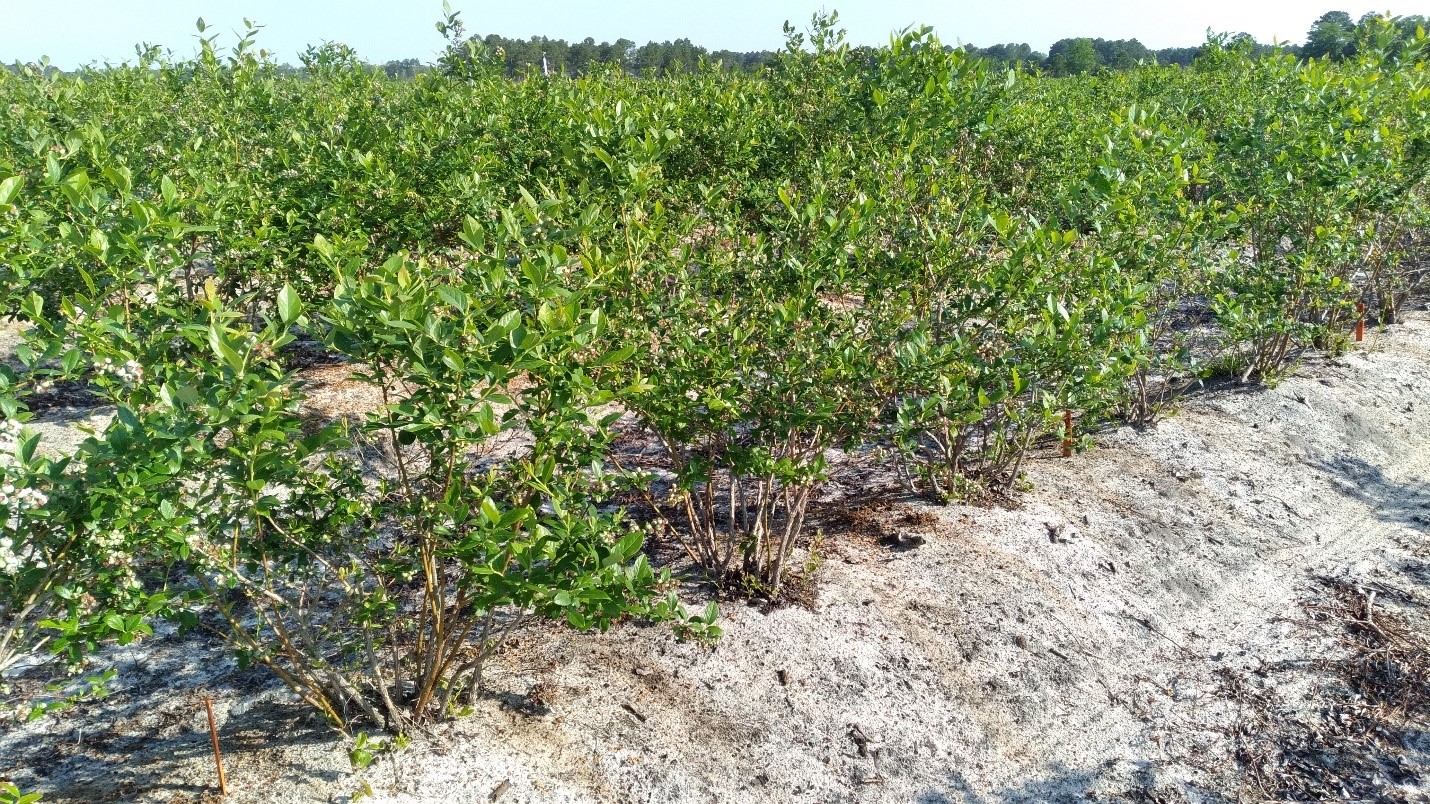
Results of field studies conducted on southern highbush blueberry (Vaccinium corymbosum L.) in North Carolina to determine tolerance of younger and older bearing blueberry bushes to 2,4-D choline POST-directed.
Posted in: Spring 2023